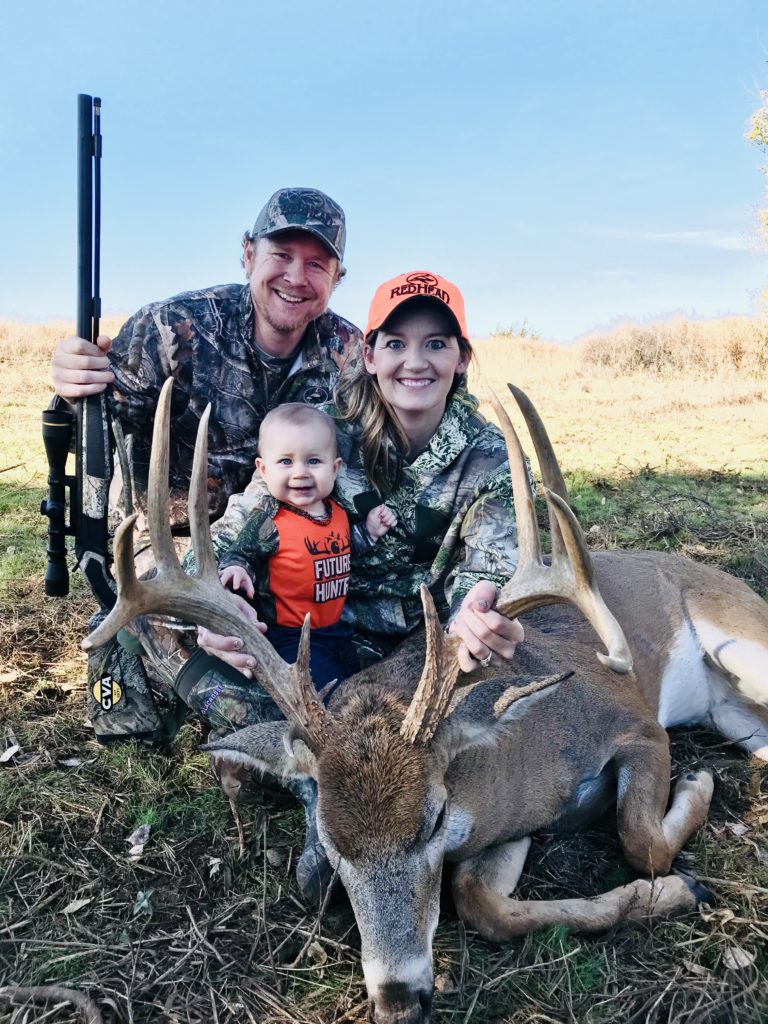5 Things to Do Before Selling Your Farmland

Steps to Take Before Selling Farmland
Your farm might be a legacy property – a way of life that has been passed down from one generation to the next for centuries. It might be something you ventured into more recently. Either way, if it’s come time to sell your workable land, consider some key things before you do. Hayden Outdoors Director of Sales John Herrity has some tips on the important steps to take before selling your farmland.
As a farm boy himself, his insight is particularly valuable. John was raised on his family’s homesteaded farm in Elk Point, South Dakota before pursuing a career as a row crop farm appraiser, construction manager, fishing boat captain and real estate professional.
“Farmland sales can be complex. There are so many considerations that go into properly valuing farmland, including soil type and rating, percent tillable, the current ownership model and accurately mapping the property. It’s important that sellers and their real estate team be very diligent in doing the work up front before listing the land.”
1. Determine the Ownership Model
Establishing how many people or entities currently own the land is a great place to start. Is this a family farm property with one name on the title, or do multiple people have a stake in the land? If there are multiple owners, is everyone on the same page in wanting to sell? Is there a power of attorney for the owner or ownership group? The ownership model will determine how easy or more complicated the sale will be, including how sale profits will be divided.
2. List all Debt, Liens, Easements & Encroachments
Owning the land free and clear is obviously the most straightforward way to sell it, however, farms are large, working entities that often require equipment loans and easements to keep them running. Talk with your real estate professional about any debt currently associated with the property, including liens on outbuildings or farm equipment. Easements are another important thing to consider. Because farms tend to be multiple acres in size, they often come with one or more easements to adjacent land that permit access for one property owner or another. Buyers will want a complete understanding of these easements before purchasing. Encroachments (features that wrongly extend onto your farm from a neighboring property, e.g. an old fence) can be another obstacle to selling farmland and, ideally, should be rectified before listing your property.
3. Map It Out
Let the Hayden Outdoors team create a land map that accurately shows every aspect of your property. Our agents and brokers are experts at MapRight, a dynamic land mapping software. These maps show property boundaries and easements, soil surveys, parcel data, GIS layers, buildings, fence lines, and more. A proper map is elemental for prospective buyers, and can also tell a farm’s history and story in a very visual way.
4. Establish the Soil Type Classification & Land Survey Comparables
While soil type and productivity sits as a pretty important piece of the farmland sale puzzle, it can also change from one producer to the next. Any future buyer will work to produce their own yield and establish their own style of management. That’s why it’s important for your real estate professional to carefully consider your soil type. A variety of agencies, agriculture-based Universities, and websites can help determine the value of your soil type by region. Once you and your agent have established the value of your soil, they’ll help give you a look at similar sales in the area. Pricing the property based on price per soils ratings relative to nearby farms is a good starting point. If you have recent appraisals, these can help determine the marketable value for your farm.
5. Understand the Tax Implications or Penalties of Selling Your Farmland
When it comes time to sell your farmland, John suggests talking with a CPA to discuss options with 1031 exchanges to see if this is a possibility for their sale.
“I coach clients to get good advice from their accountant. Establish what the basis of the land is. If you inherited the farm and it’s been in the family forever, it will have a much different basis and tax implications than a farm that was bought in the last ten or twenty years.”
Selling your farmland might seem like a daunting task, logistically, legally and emotionally. But with the right guidance and proper resources, it can be a very freeing and lucrative endeavor. The real estate professionals at Hayden Outdoors know the ins and outs of selling farmland in a way that benefits the seller, the buyer and the land itself. The team has been doing it for 45 years, and like John, many are also farmers and ranchers themselves. They’re happy to help you navigate the complexities of selling your farm. Give them a call today to learn more.
Planning on Buying Undeveloped Land? Here’s the Pros and Cons
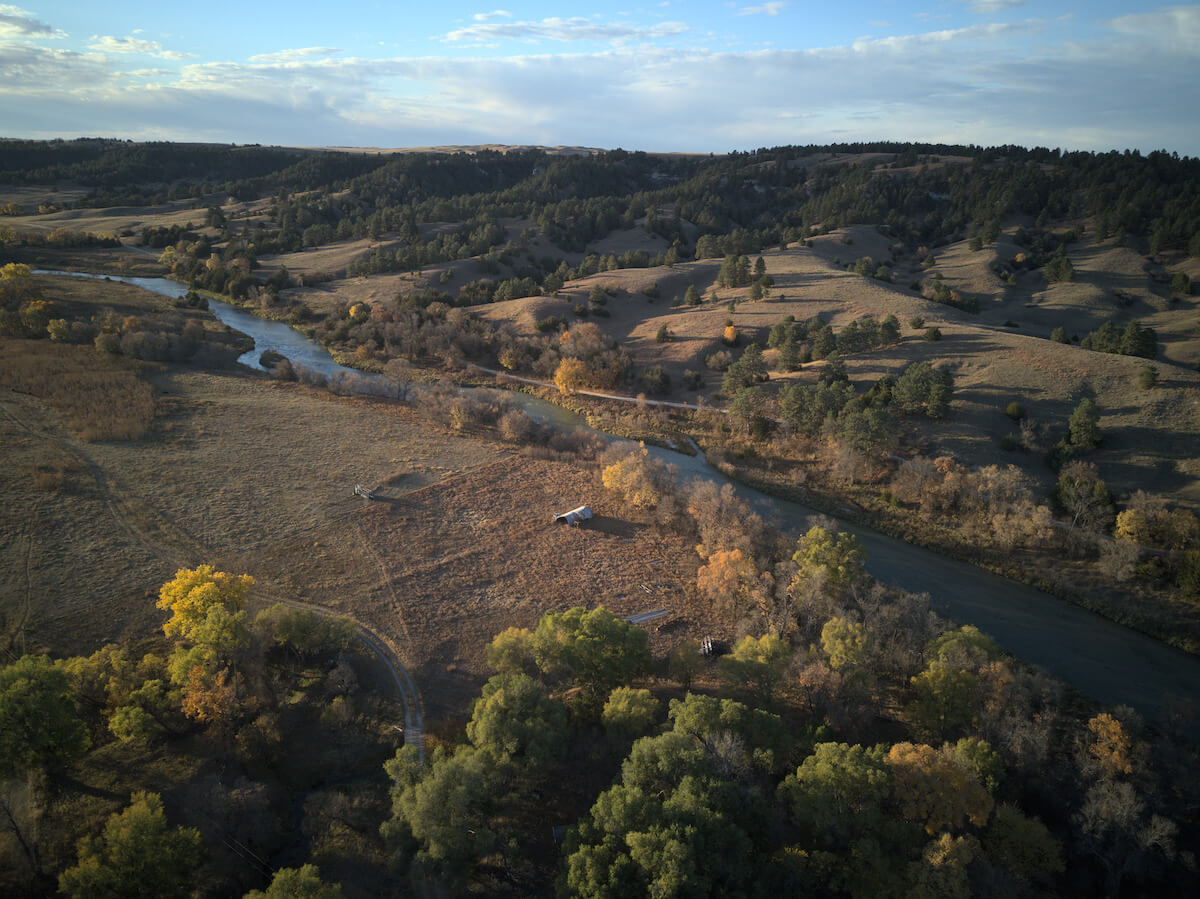
Wide-open spaces might be the hottest commodity out there in today’s market. And it’s easy to see why. Standing on an untouched building site on acres of your own vacant land, with surrounding sunsets or forests or starry night skies, it’s easy to envision exactly what your dream home could be. Of course, there is plenty to consider before you make the big commitment to buy vacant land, and then potentially build on or otherwise develop that land. Let’s explore a few of the pros and cons of investing in undeveloped land.
Undeveloped Land Explained
Think of vacant land or undeveloped land as a completely blank palette. It’s simply the land in its most untouched or natural state with no existing infrastructure. It’s never been used for farming or ranching. There are no roads leading in or out. Just the land. For years, many buyers disregarded raw land for investment purposes considering it too daunting a task. However, that mentality has shifted as real estate investing has become increasingly popular and many are leaving urban centers for more peaceful existences in rural areas.
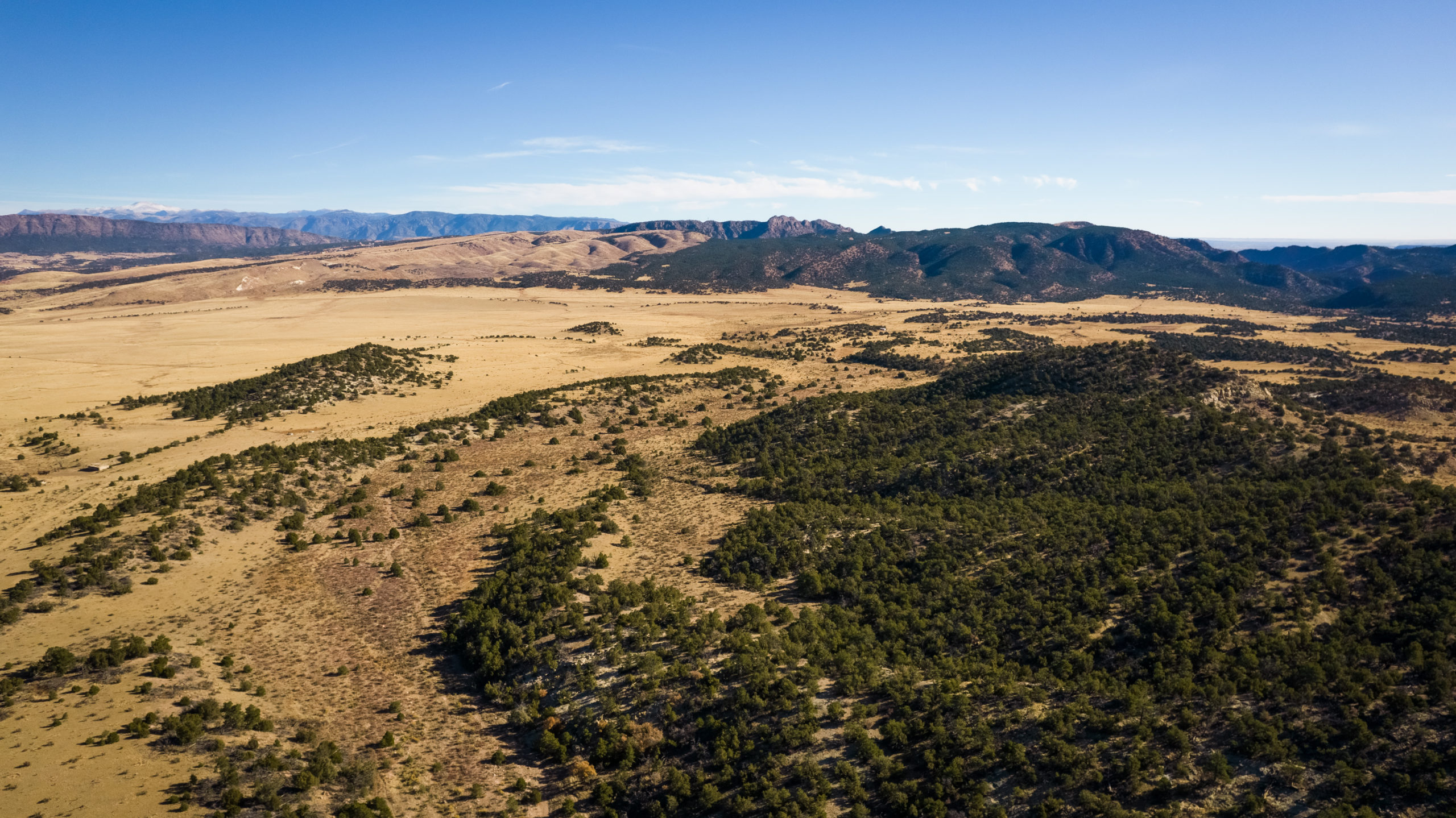
What are the Pros and Cons of Buying Vacant Land?
While the beauty and freedom of buying undeveloped land can be strong attractants, there are a variety of factors to consider to avoid unintended challenges and heartache if things don’t play out as planned. Let’s take a look at the pros and cons.
The Pros of Buying Undeveloped Land
- Quite often, vacant land is more affordable than developed properties.
- Unlike the hottest properties in your favorite resort town, you typically won’t get into a bidding war with other buyers over undeveloped land; there’s simply less competition.
- The return on investment (ROI) can be substantial with the right vision and tools to develop the land properly and profitably.
- Because it lacks infrastructure and utilities, property taxes on vacant land tend to be lower than developed parcels.
- Undeveloped land offers dreamers plenty of flexibility in what and how they want to build.
The Cons of Buying Undeveloped Land
Like any major real estate transaction or investment, it’s important to weigh both sides of the coin. Here are some very important considerations that can complicate a undeveloped land purchase:
- Assuming you’re not paying cash for the entirety of the property, and need to finance a portion of the purchase, vacant land loans can require a higher down payment and a detailed plan of how you intend to develop it.
- Zoning restrictions can create roadblocks for those looking to buy undeveloped land. Some land is zoned so that nothing can be built on it, while other parcels are zoned commercial or mixed-use, both of which will affect a large raw land purchase.
- Along these lines, conservation easements are another consideration. Often, these provide important protections for the land you’re looking to buy. However, they can also be incredibly restrictive if you plan to build, hunt on the land, or otherwise develop it.
Financing Vacant Land
As mentioned above, financing undeveloped land can be a little more complicated than a simple home loan. That said, there are some powerful and comprehensive resources available for those interested in purchasing vacant land. If you’re considering buying undeveloped land for a specific purpose, make sure to explore these organizations:
- Conterra – Conterra Ag Capital provides farm and ranch real estate secured loans to agricultural producers across the United States. For those looking for financial support to set up farming operations, extend current farming practices, or whether a particularly difficult agricultural cycle, Conterra offers managers throughout the country who can work directly with buyers.
- Outdoor Lending – In addition to agricultural land purchases, Outdoor Lending assists agents handling premier real estate deals obtain the best financing options for their clients. These purchases can include farm, ranch, hunting, resort, and recreational properties across the United States.
- Farm Credit – Farm Credit’s mission is to support rural communities and agriculture with reliable, consistent credit and financial services. The organization is committed to the viability and vibrancy of the country’s rural communities through a steady flow of capital.
Scouting the Land
Perhaps the most important thing to do before you buy undeveloped land is to give your dream property a good, hard look. Work with your real estate professional to better understand the pros and cons, opportunities, and obstacles that undeveloped land might present. Doing so will help you understand what might be involved in making the investment viable, including:
- Putting in roads
- Establishing utilities such as propane or natural gas and electricity
- Water availability, e.g. a well on-site or the need to tap into city or county water sources
- How your future neighbors might feel about your development plans
- Geological features to consider
- How buildable the land is, including whether or not your actual building site presents any steep land surfaces, rock formations that might require augmentation or removal, wetlands, or other wild land conservation considerations
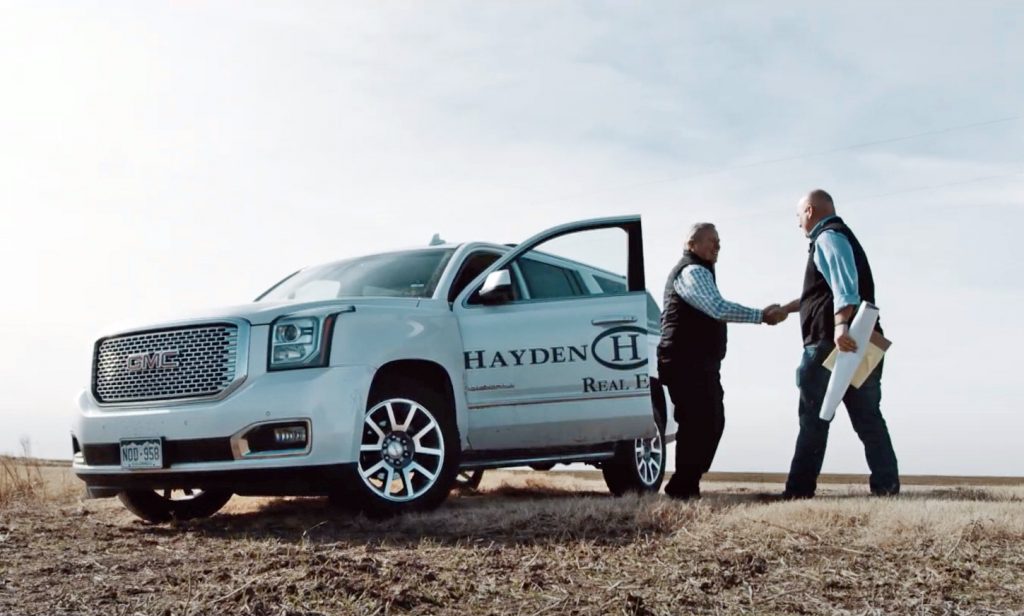
Vacant or undeveloped land really is one of the last great possibilities of our time, offering potential buyers everything from an investment opportunity to the perfect place for your dream home. Talk with your land real estate professional today to learn more about vacant land available near you, and what it might take to buy and then build.
Top 5 Considerations When Buying Waterfront Property
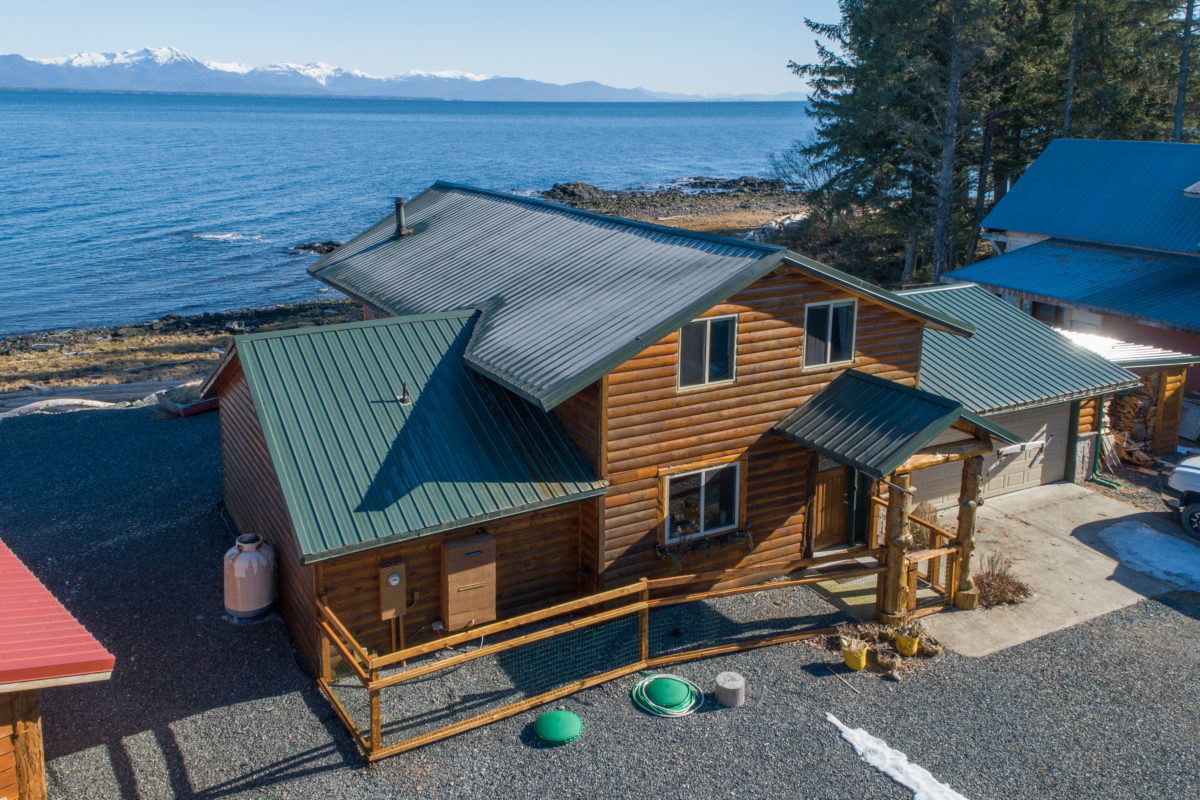
A Waterfront property can be an idyllic escape from the everyday with its picturesque sunsets, enticing shores, and opportunities for recreation. It can also present some additional considerations for property owners.
Top 5 most important steps to consider before buying an ocean, river, wetland, or lakefront property.
1. Taking a thorough Property Inspection
It’s important to determine if the home or property you’re considering buying can withstand the water surrounding it. Waterfront properties are often located in wetland areas, flood zones, or along river banks that see rising water levels every spring. Make sure any structures are far enough from high water marks that they won’t experience seasonal water or flood damage. On structures, look for quality structural support, such as stilts/pilings, storm shutters, and a solid foundation. If the home has flooded previously, inspect that it was remediated properly so that there isn’t hidden mold in the walls or in the cabinetry. If on the ocean or lakefront, check the quality of the seawall, lake wall, or rip-rap edge. Consider the garage or storage shed – is it big enough to house all of your recreational equipment, including boats, canoes, kayaks, stand-up paddle boards, and jet skis? If the property has a dock, is the dock a legal length and does it have a boat lift and cover? Something to consider is the maturity (size) of the sand dunes on oceanfront properties, which can help protect the property against storm surges. On riverfront properties, where is the high water mark in relation to structures? What is the recreational condition of the river for fishing and water sports?
Southeast Regional Manager and Florida Native Greg Liddle provides additional suggestion and mentions that “Homeowners should be aware of the depth of the water at their boat dock during low tide and winter months. While it might be plenty deep during their showing, some areas can become so shallow that homeowners can’t take their boat out during other parts of the year.”
2. What Insurance will I need for my Waterfront Property?
You will want to consider flood insurance for your waterfront property purchase. A combination of your flood insurance, homeowners insurance, and windstorm coverage in your homeowners insurance premium will ensure coverage for hurricanes. Check with local insurance agents who understand any unique aspects of the water and associated weather in your area, and the coverage that will ensure you’re protected in the case of water damage or natural disaster. Consider getting a quote before you buy the property so you can accurately calculate the overall cost of your purchase.

3. Hidden Cost of Buying a Waterfront Home.
Waterfront property is unique in the fact that homes and landowners typically don’t own the water itself (unless you’re purchasing a private pond or body of water contained entirely on your property). Federal, state, and local governments typically own and oversee the water, which often results in costs to lease the land bordering it. Work with your real estate professional to understand the cost associated with your property and if they offset property taxes.
4. Additional Responsibilities of Waterfront Property Ownership.
Waterfront properties often come with additional maintenance needs due to consistent exposure to salty air and moisture-filled climates. They can border pristine wetland habitats that can’t be disturbed. Lake, river, and ocean properties are often home to wildlife that should be considered and protected. All in all, before you purchase your dream waterfront property, ensure your real estate professional walks you through the specific responsibilities and community expectations of ownership.
5. Are Waterfront Properties a Good Investment?
While owning waterfront property can come with additional costs, maintenance, and challenges, but it also offers a variety of ways to maximize your ROI. Waterfront properties are often highly desirable rental properties. If you want to rent your property throughout the year, do some research on premium rental rates in your area (both short-term and long-term as permitted). Additionally, waterfront property can appreciate in value more quickly than other types of property given its limited availability. Waterfront Specialist, Courtney Liddle agree and adds “There is only so much waterfront land. They aren’t making any more of it. This is one of the reasons it is in such demand and so valuable.”

Whether it’s a cabin overlooking a winding river, a house on a large lake, or oceanfront views, waterfront property offers a variety of inviting ownership possibilities. Learn more about waterfront property available near you, and connect with a real estate professional who understands the important considerations and questions to ask before purchasing your dream waterfront property.
Important Financial Resources for First-time Farm Buyers
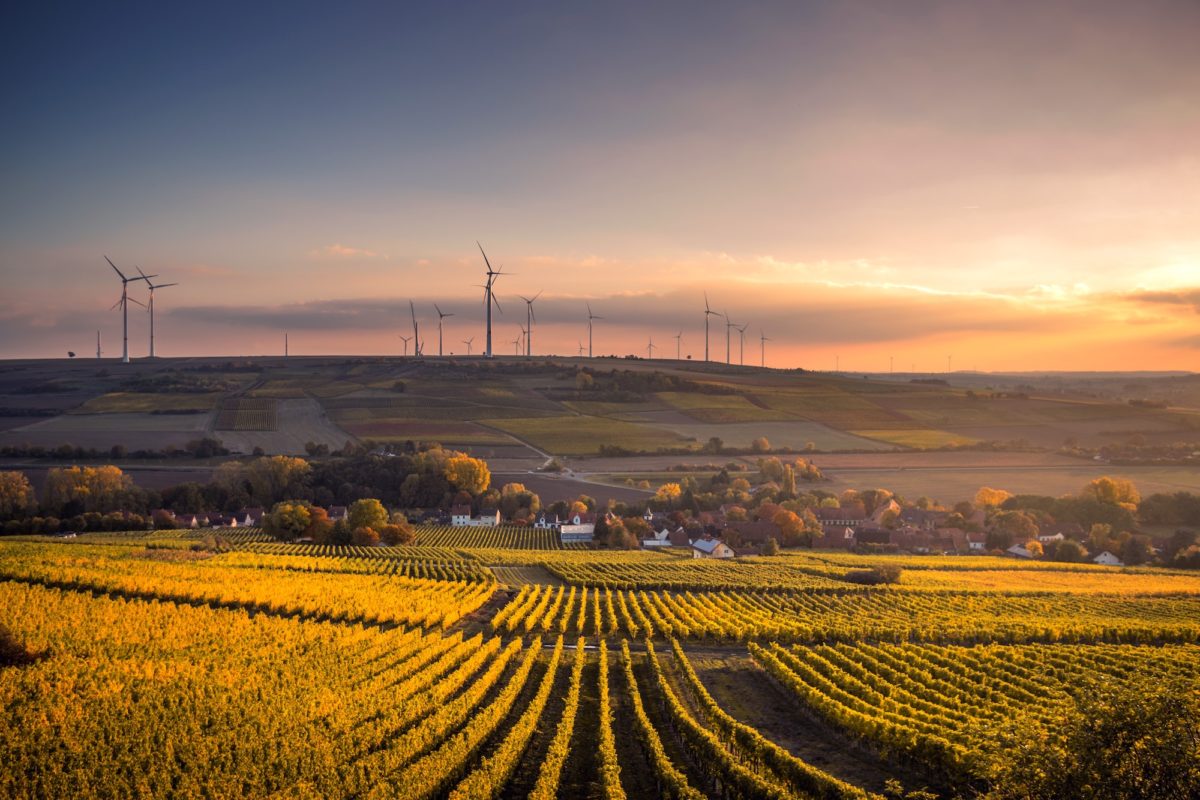
First-time Farmland Buyer Resources
There are plenty of things to consider when buying a farm for the first time. There’s the equipment, the livestock, the maintenance, but before you begin thinking about any of that, the first step is figuring out how to finance a farm. It can be a daunting task to take in all at once, but these financial resources can help you turn your dream of owning farmland into a reality.
Ag Lending
Getting qualified for a farm loan takes proper planning. Conterra Ag, or other agricultural specialty lenders, offer products that are tailored for the industry. They have the knowledge and background in the rural property sector. Another common resource for rural landowners and future farm buyers is the Farm Credit system. This network of financial farm resources focuses on rural communities, offering financial assistance and tools for buyers under the age of 35 who have 10 or fewer years of experience. Most Ag loans can be used to buy land, livestock, equipment and contribute to general farm improvements.
Grant Opportunities for Farmland
The United States Department of Agriculture (USDA) supports sustainable agriculture research and education. To help enrich these initiatives, the USDA offers grants for farmland that focus on new farmers buying new farming equipment. As a first-time farm buyer, these grants can offer a big boost. Look to see if your farm qualifies for this type of financial assistance.
Tax Benefits for Farming
The U.S. government offers tax benefits for people going into the farming business. The U.S. tax codes defines a farm as land that includes “stock, dairy, poultry, fruit, fur-bearing animal, truck farms, plantations, ranches, nurseries, ranges, greenhouses or other similar structures used primarily for the raising of agricultural or horticultural commodities, and orchards and woodlands.”
It’s important to understand if your property qualifies for farm tax benefits. If it does, you will need to provide proof of your farm business plan to demonstrate that it is a profitable enterprise. This includes a comprehensive profit and loss statement. Other things to consider and discuss with your CPA and real estate professional regarding your farmland purchase are: depreciation, deductible expenses, fuel tax credits, renewable energy tax credit, and agricultural research and development tax credit.
Getting a Farm Started
Buying a farm for the first time is an exciting prospect, and one that comes with a variety of ways to make it a more affordable one. From first-time farm loans to farmland grants and farm tax benefits, the resources are vast and aimed at helping buyers make their farm profitable. To learn more about buying a farm or locating farmland for sale near you, contact the real estate experts at Hayden Outdoors. Our highly experienced team can help you navigate the ins and outs of securing your dream farm property.
Still not sure where to start? Reaching out to a real estate professional who specializes in farmland transactions is a great first step!

Winter’s Here: Preparing Your Land for Winter
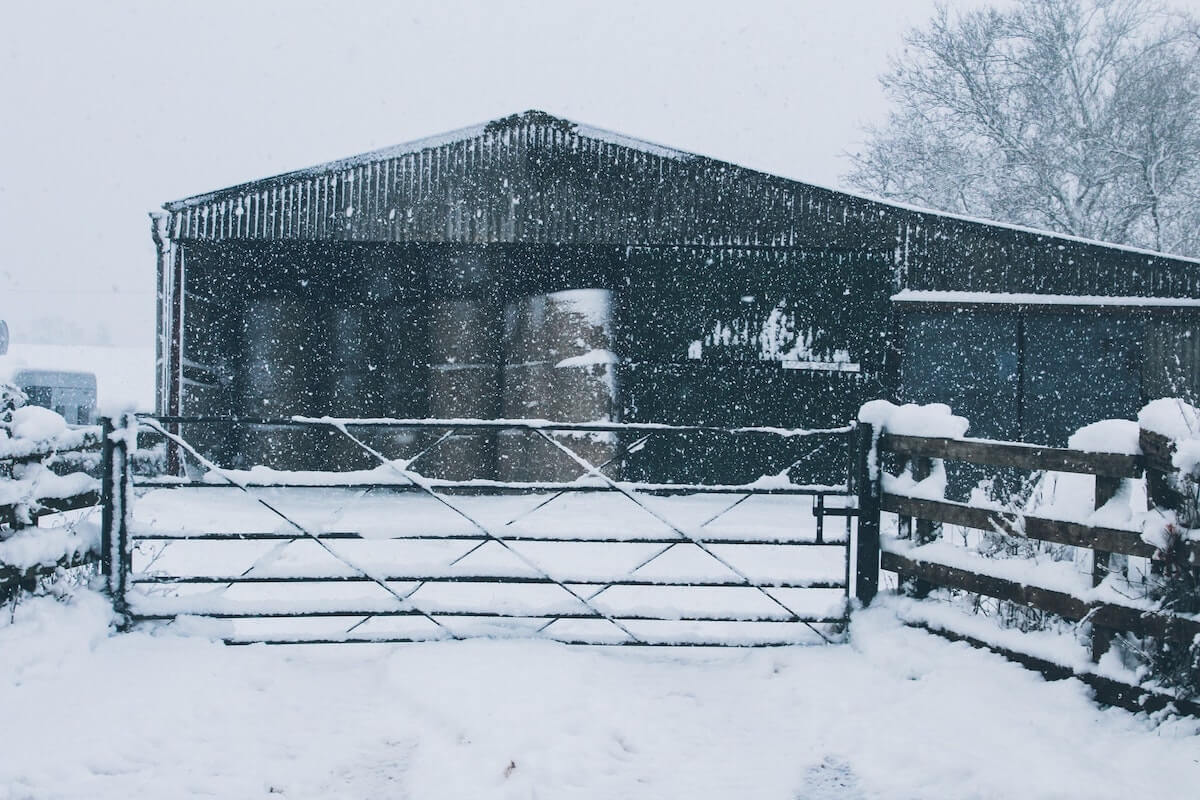
Early frosts, chilled air, the occasional freeze – these are just a few signs it’s time to start winterizing your farm or ranch property.
Preparing your property for the winter months is necessary to protect your land, livestock, facilities, and structures. Here are important steps to take for winter on your land.
Recognize the first frost and know the difference between a frost and a freeze.
It’s always exciting to see the first frost, when light moisture in the air gives way to crystalized grasses, leaves, and branches. The picturesque weather event is also an important seasonal tell – colder weather is not far off, and the first actual hard freeze is probably right around the corner. A frost happens when the temperatures drop to between 36 and 32 degrees Fahrenheit. The significance of the frost on crops depends on how cold the weather gets and how long the cold weather lasts. A freeze is the result of temperatures dropping to 28 to 25 degrees.

Frosted crops can generate dust and build up residue within your machinery when it’s ready to harvest, increasing the risk of fire issues. Freezes can potentially kill crops, so timing your harvest is important. A corn killing freeze occurs when temperatures dip to 32F degrees for four hours or 28F degrees much quicker. If waiting for dry-out, this isn’t an issue, but for silage, watch the frost and get it cut when the corn is dry from frost. A killing freeze can still happen with temperatures above 32, especially in low and unprotected areas when there’s no wind. Utilizing a frost calculator, almanac or weather forecast apps can help you find you the right time to harvest your crops before that first freeze.
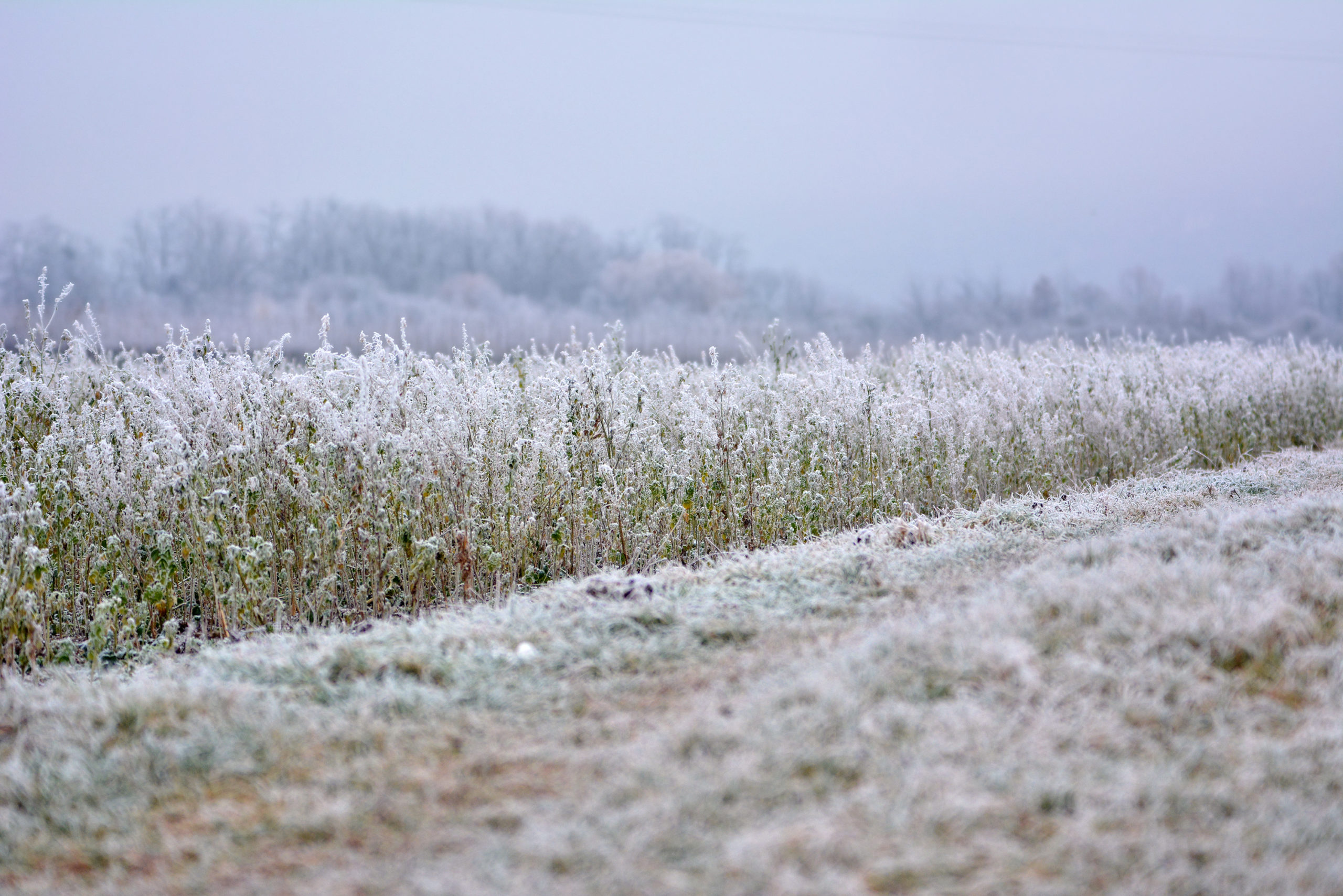
Inspect machines and farm equipment, and get it ready to be stored – or used – this winter.
Fall is an ideal time to do some maintenance and fix any mechanical issues. If it’s time to put the tractor away for the season, detach your hoses so they don’t freeze and become brittle. If the tractor doubles as a plow or snowblower in the winter, this is the time to switch implements, put on chains and reference the lubrication schedule for your machine.
Maintain your structures and prepare them for heavy snowfall.
Winter is a great time to work on barns and other structures throughout the property. Spend some time cleaning the barn and livestock shelter and stalls. Ensure proper heating, ventilation and humidity in your greenhouse if you have one. Your chickens will appreciate your deep cleaning and sanitizing their coop and making sure it’s ready for winter. Also winterize any farmhouses, bathhouses, or cabins, including clearing all pipes of water and turning off any main water lines that won’t be used.
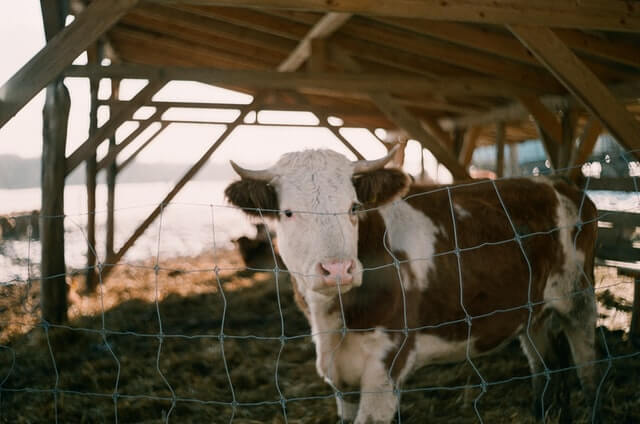
Take care of your livestock.
While these animals are suited to sustain harsh weather elements, it’s best for the health of your herds to ensure they have enough food and live-able conditions. Stock up on hay for bedding and any supplies you’ll need to take care of them. Animals need access to dry conditions – a combination of wet and cold can be deadly. Also, make sure they have plenty of food to carry them through the winter and water sources are prepared for freezing temperatures. Water tanks and electric waterers should be in good condition.
Winter brings a peaceful time to the farm, but before you settle in and watch the snowfall, quality work to prepare your farm for winter will pay off in the spring. Performing these farm duties now will set you up for success and fewer headaches when the spring planting begins. Additionally, see our other resources on how to create a successful ranch management plan or supplementing power on your property with a small-scale wind turbine.
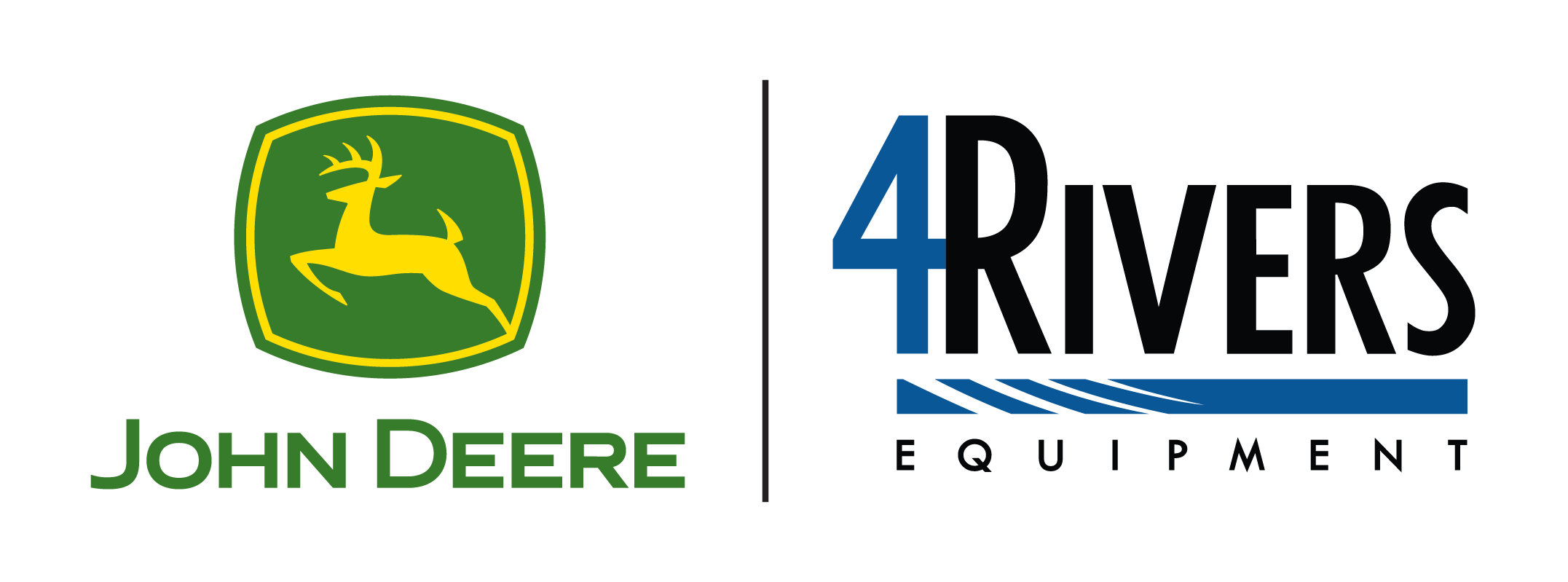
How 4 Rivers Equipment Simplifies Building a Tractor Package for Your Farm
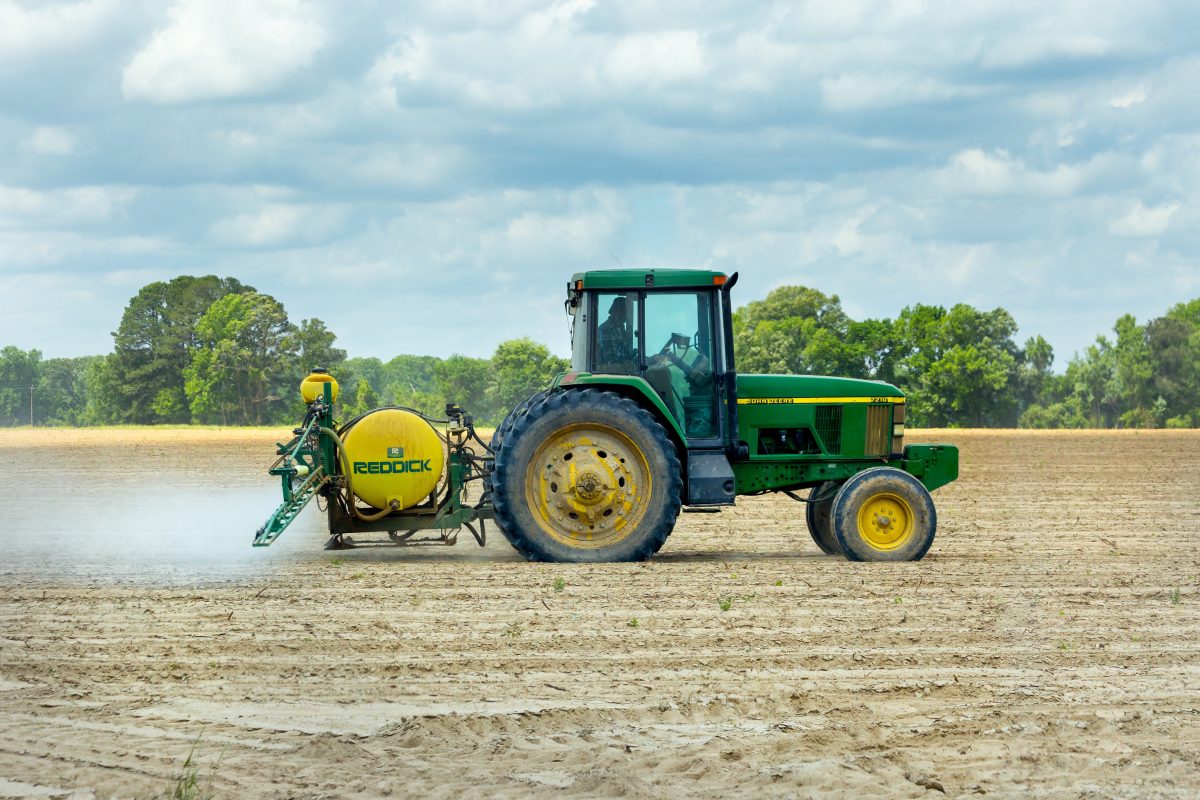
Whether it’s harvest season, snow plowing, grating your driveway, or simply moving dirt – or you’re in the market for a new ranch, farm or off-grid property and the equipment that comes with it – now is an excellent time to consider buying a new tractor.
Even better news: 4 Rivers Equipment just made it much easier. No need to go into the store (although that’s fun, too); 4 Rivers Equipment now offers buy online options. Customize a John Deere tractor package that’s unique to you, including adding attachments such as rear blades, rotary mowers, pallet forks and box scrapers.
Haggle-free Pricing
Take advantage of the simple, affordable Colorado Package. Customize the best fit for you, then enjoy fall pricing and winter delivery. A variety of payment options are available.
30 Days Worry-free
If you’re on the fence, so to speak, about buying a new tractor, not to worry. 4 Rivers Equipment offers a 30-day worry-free policy to ensure peace of mind. Spend that time testing, gardening and landscaping to make sure the tractor you purchased feels right for your land.
10 Year Warranty
John Deere stands by its products. New tractors come with a FREE 10 year warranty or 1,000-hour engine and powertrain warranty.
Front Range Ready
Once customized, you can come in and pick up your new tractor, or 4 Rivers Equipment can deliver it; they offer delivery from select locations and pick-up throughout the Front Range of Colorado and Wyoming. See the 4 Rivers Equipment locations below.
Tempted to buy that new tractor?
We don’t blame you. Spend some time window shopping online at 4 Rivers Equipment, or contact their sales team today to learn more about the customized package that’s right for you.
Farmland for Cash: Turn Your Unused Land into an Income Stream
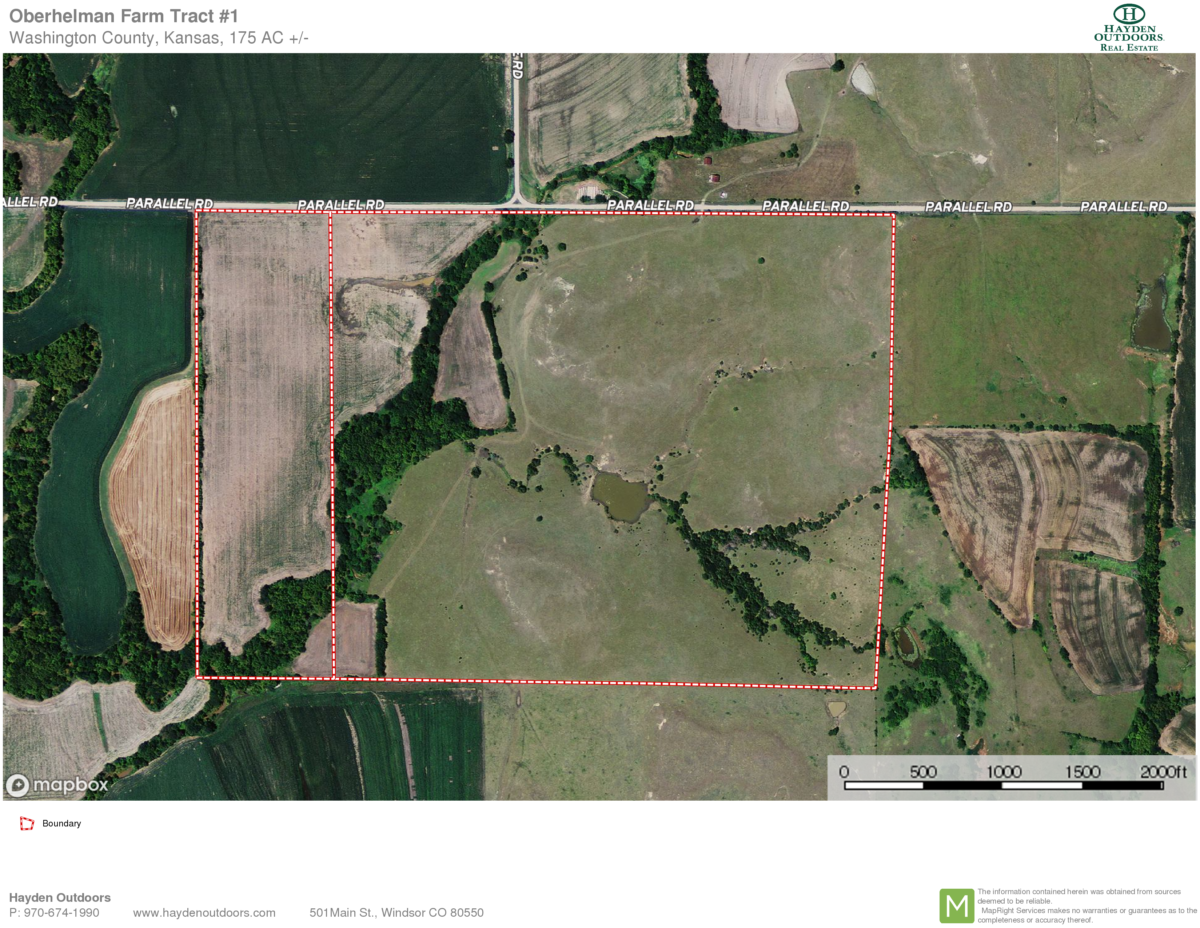
Whether you’re a potential or existing landowner and assuming you don’t farm yourself, learning how to earn capital from your farmland by renting a portion or all of it can be valuable in the viability of your property. It’s important to understand some key steps, leasing rates for your local area, and how to protect yourself with a valid property or lease contract.
Establish an Arrangement that Works for You
While the details will vary and are specific to state rates and regulations, there are generally two ways to rent or lease your land: cash per acre (or cash upfront) or share in cost of profits and harvest. The choice should be based on how involved or uninvolved you want to be in the maintenance and harvesting of the land. Cash upfront typically requires less collaboration between you and the person leasing your land, while sharing in profits and harvests might mean you need to be more involved in work and decision making.
Determine the Right Rental Rate for Your Area
Given the fluctuating prices of crops, federal subsidies, and local and regional factors, this is an important step that requires some research. Consider multiple factors, not just the USDA’s National Agricultural Statistics Service, which is an average that can skew specific characteristics of your land.
There is the easy first step of simply talking with other farmers, ranchers and producers in the community who are doing the same thing. Also reach out to ag lenders, real estate agents who specialize in farmland leasing and sales, and the USDA’s Farm Service Agency.
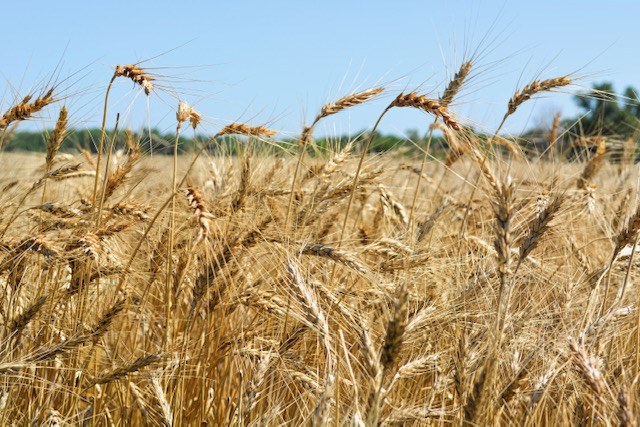
Additional Considerations include:
- Any existing business plan for your land that maps rental income
- Current land values
- Your carrying costs
- The previous harvest
The USDA provides a variety of tools to help determine baseline land rental rates, including the Cash Rents Survey, current agricultural land values, the National Agricultural Statistics Service, and current USDA assistance programs.
Follow Insurance and Tax Rates and Regulations
Talk with your accountant and insurance agent about the implications of renting your land. Doing so might require additional or higher tax payments and added insurance coverage. Protect yourself and your property against liabilities.
Choose the Right Farmer
Just like renting an apartment or home, it’s important to vet potential farmers who want to rent or lease your land. Due to our pulse on the local Ag market, advertise your land through our team of agents, and interview multiple people. Make sure the person you choose shares your vision for the property, and check references if available to ensure you’re entrusting your property with someone who is knowledgeable, committed, and passionate.
Draw Up a Lease and Then Stick to It
Even if you’re leasing your land to your most trusted friend or family member, it’s extremely important to draw up a lease that outlines the rental or lease agreement, profit sharing, timeline, and any additional considerations, restrictions or qualifications. Then check in as needed to ensure both parties feel the partnership is valuable and beneficial.
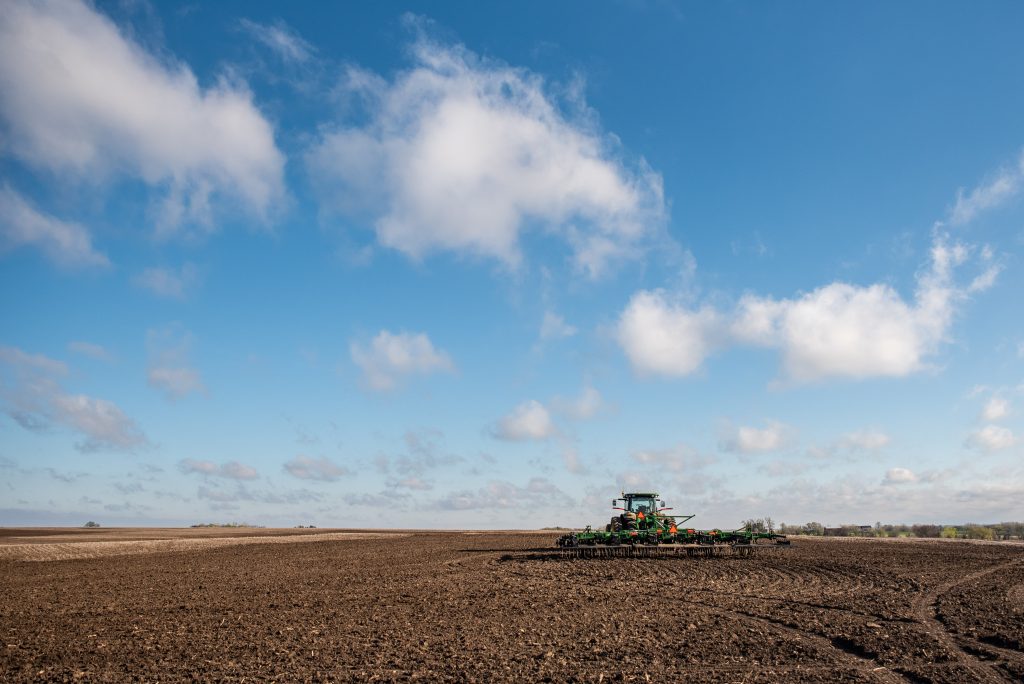
How the Living Timber on Your “Cabin in the Woods” Property Can be a Money Maker
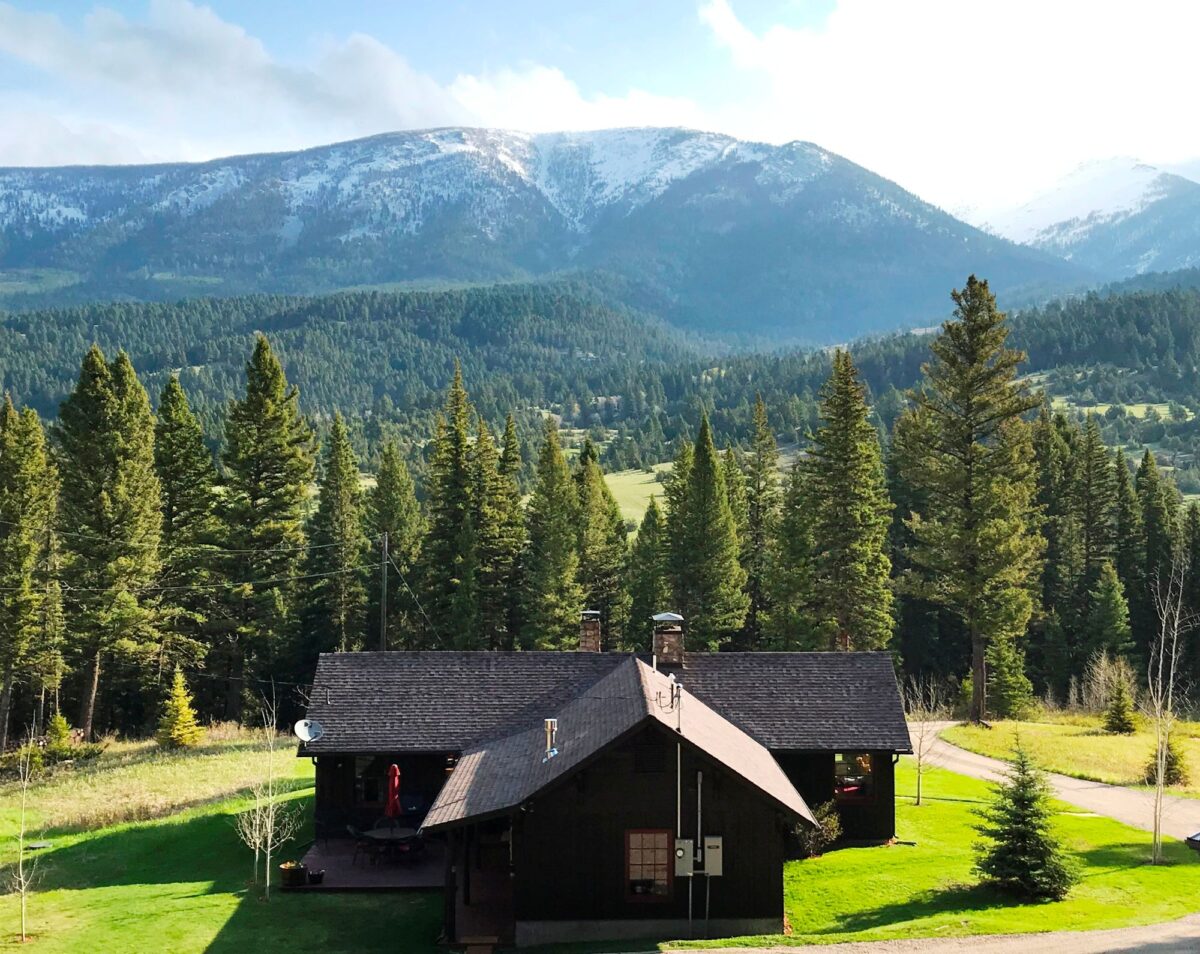
Peaceful cabin, fresh air, trees that go on for acres or miles. It’s easy to gaze out from your cabin in the woods at your forested land and see just that – a forest. But have you ever considered those trees as an investment?
Given the current skyrocketing demand for lumber, it might be time to. Lumber offers a unique way to diversify investment portfolios given that it is a sustainable, renewable resource, one we all need and use every day. The suggestion here is not to clear cut your land by any means.
Healthy forest harvesting can produce some additional income for your land, but only if it’s done sustainably. With local timber mills clambering for mature, healthy logs, there is a way to responsibly harvest trees that generates profit.
Talk to your local mill.
Pay a visit to your local lumber mills to see which woods are in the highest demand, and whether or not your timber fits the bill. Ask about what buyers are looking for and if there are any restrictions or standards your timber needs to meet in order to be profitable.
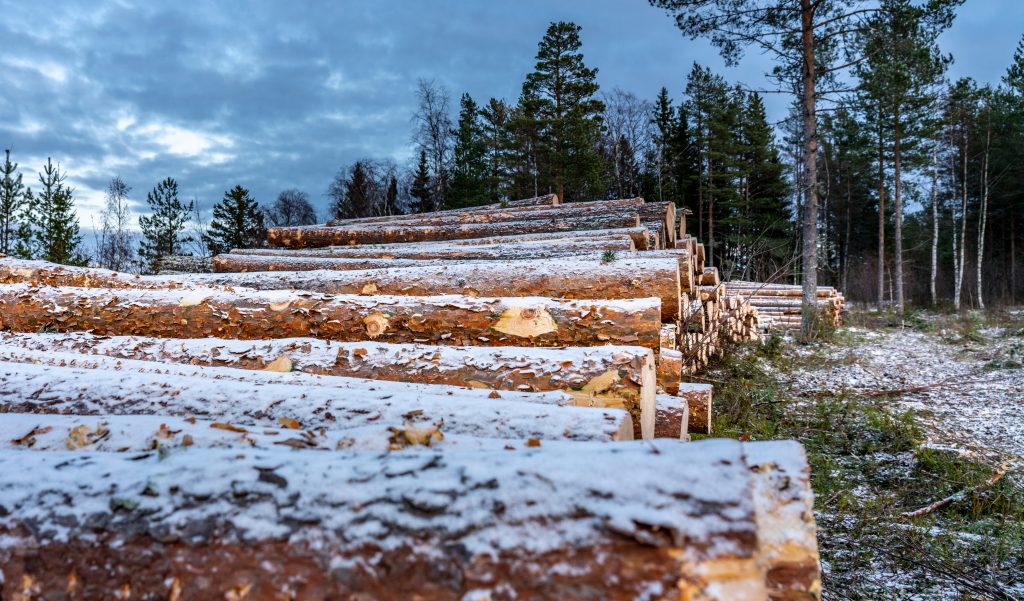
Choose wisely.
Proper forest management and wildfire mitigation are important whether you plan to sell your logs or not. A big part of this is thinning the trees, which means selectively going in and cutting down trees of varying sizes to allow for future growth.
Pro Tip: Reach out to the United States Forest Service in your area to see if they offer grants for thinning. Sometimes they do, providing incentive and income to keep your land healthy. For undergrowth, fell trees that simply aren’t thriving and allow enough space between each tree for new saplings to take root. Additionally, as you look for larger timber, select trees that might interfere with your views in coming years, but again, ensure you don’t harvest too many. Healthy trees grow most effectively in concert with each other, with the larger stands offering shelter and seeds for smaller growth.
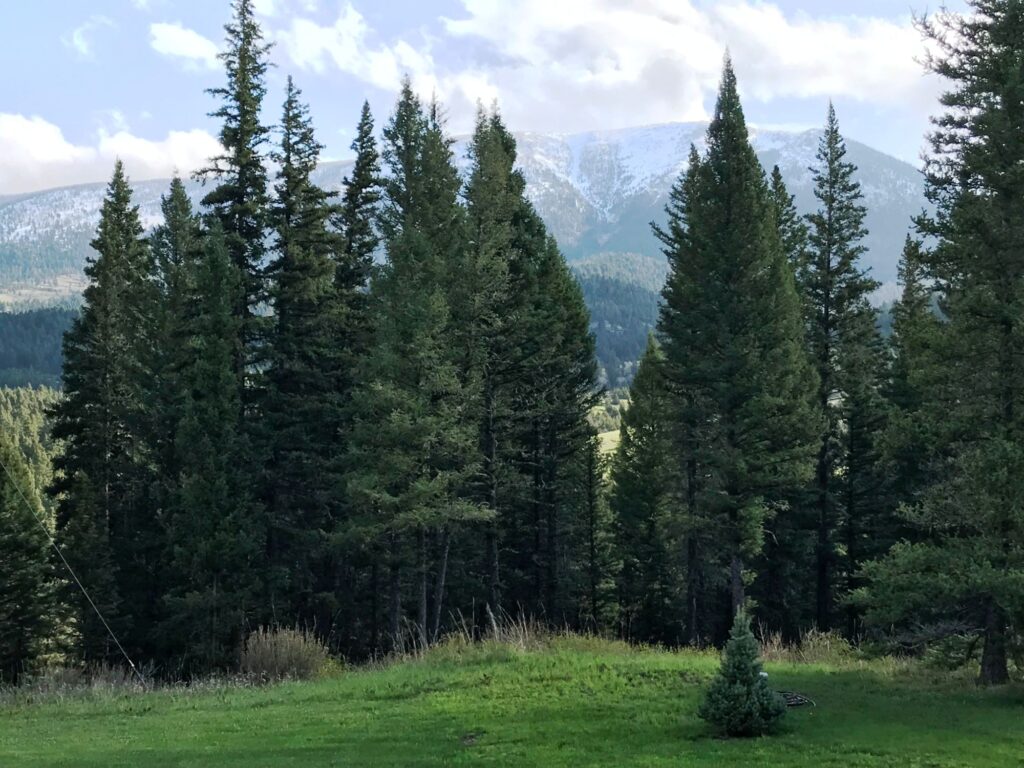
Be patient.
If your land is home to stands of younger trees, it’s best to wait until you have enough mature trees to harvest, creating a balance between larger and smaller stands. This will most likely result in an ebb-and-flow revenue stream – something to keep in mind to help manage finances and expectations. Depending on the current size of your timberlands, it’s wise to plan for at least a few years between mature tree harvests.
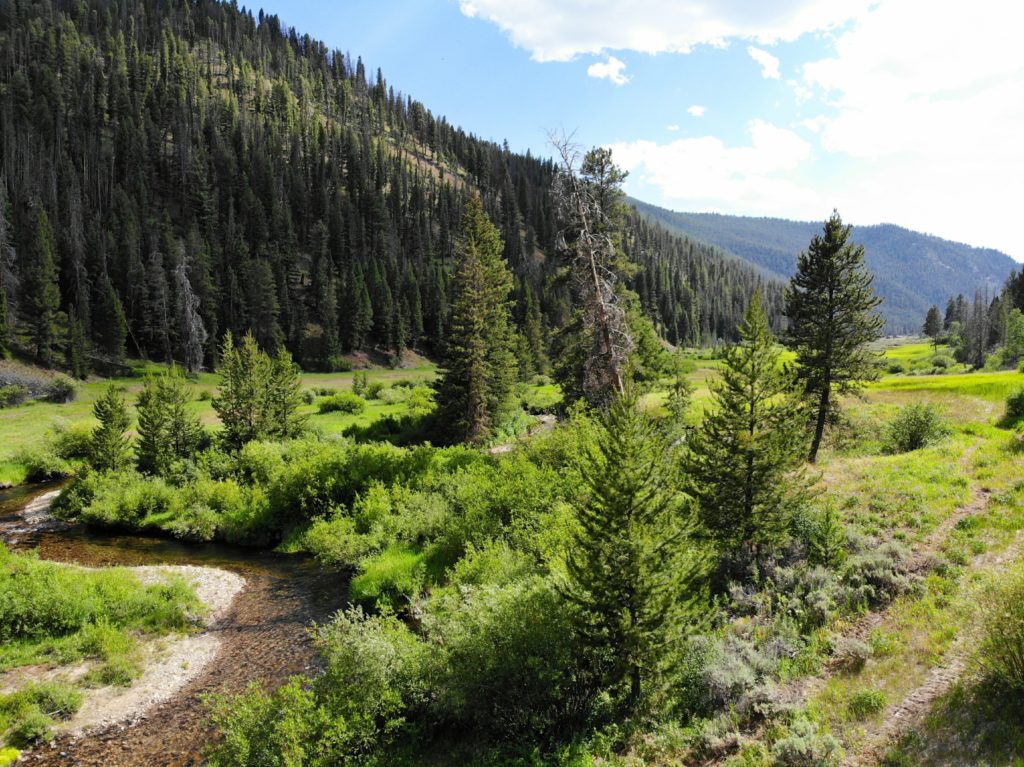
Living in forested land comes with the inherent value of being so closely intertwined with nature. It also offers opportunities to make your timberland profitable while simultaneously keeping it healthy and thriving.
If you want to learn more about owning large-acre timberland, including what you’ll need to do to properly maintain and monetize it (if that is your goal), the expert team at Hayden Outdoors has you covered. Connect with industry-leading expertise on the best way to find the best land for you.
Ranch Squared? Your Guide to Buying Land in a Community Ranch
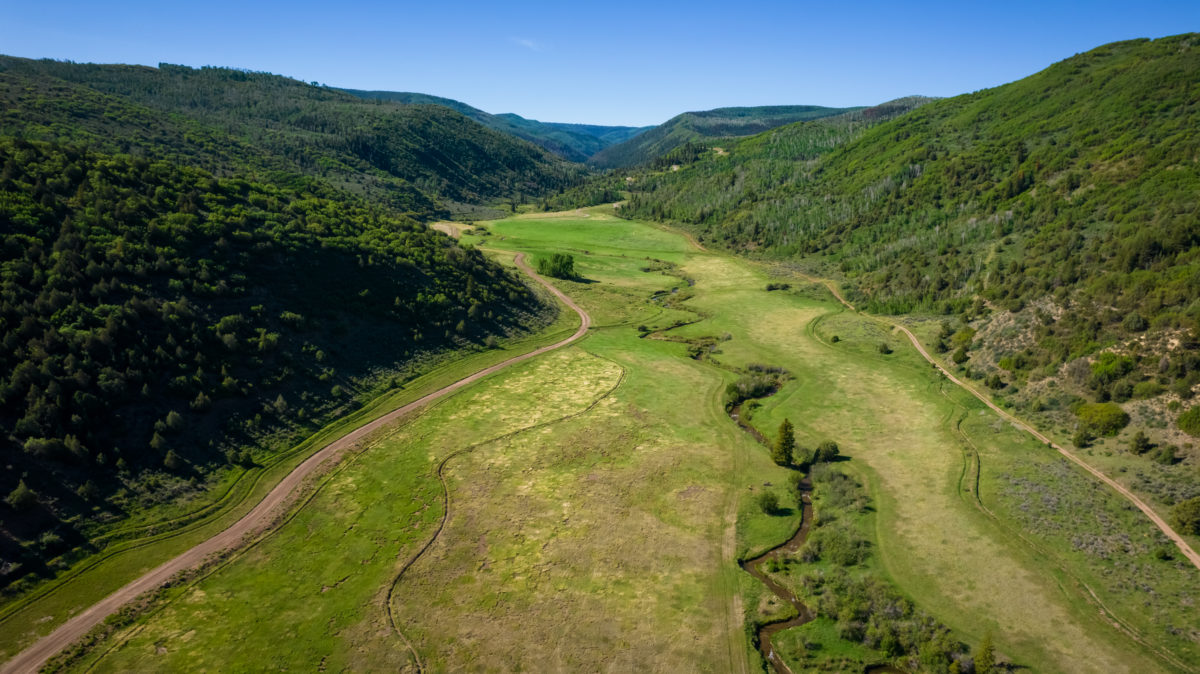
Ranch living offers a lifestyle that more and more people crave in a world that is otherwise in constant motion – wide open land, winding creeks and rivers teeming with trout, panoramic vistas, lingering days and plenty of room to roam. While owning and managing a ranch by yourself might be more than you’re willing to take on, the idea of living in a ranch community is well worth considering.
Ranch communities are gaining popularity, offering land owners the best of ranching life without the pressures of managing the entire property alone. Common types of ranch communities include sporting clubs, communities of smaller ranches within a larger ranch, shared private access to resources and shared agriculture opportunities.
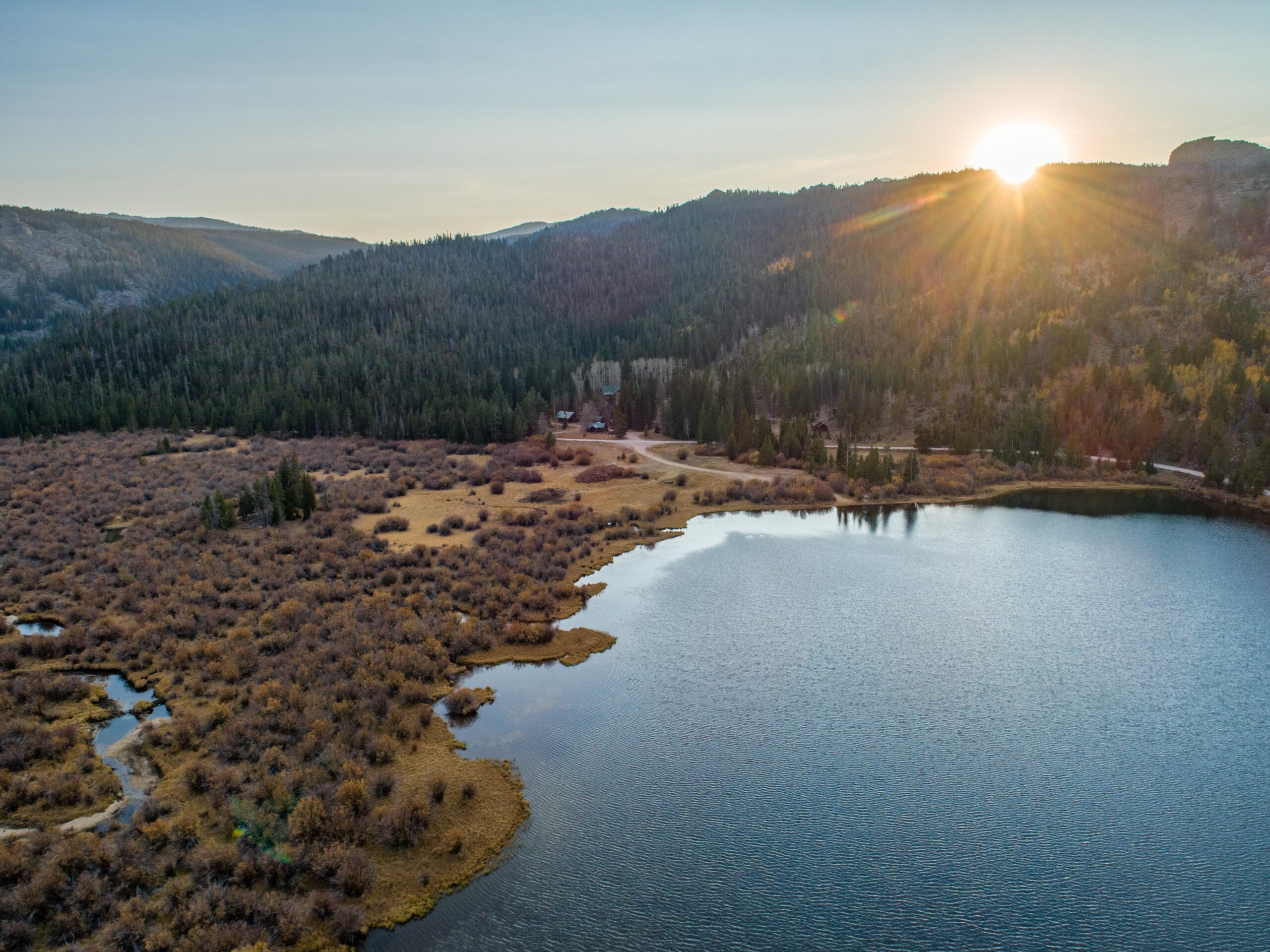
What are the benefits of a community ranch?
The pros column is full of reasons to consider buying community ranchland, including:
- Shared ranch responsibilities such as land maintenance, cultivation and improvements
- Shared costs among ranch community owners
- Convenience with less isolation due to connectivity to others in your direct ranch community
- Access to shared natural resources associated with the community ranch, such as rivers, streams, lakes, trails, mountains and more
- Many ranch communities also offer world-class amenities like lodges, dining, guest cabins, and recreation opportunities
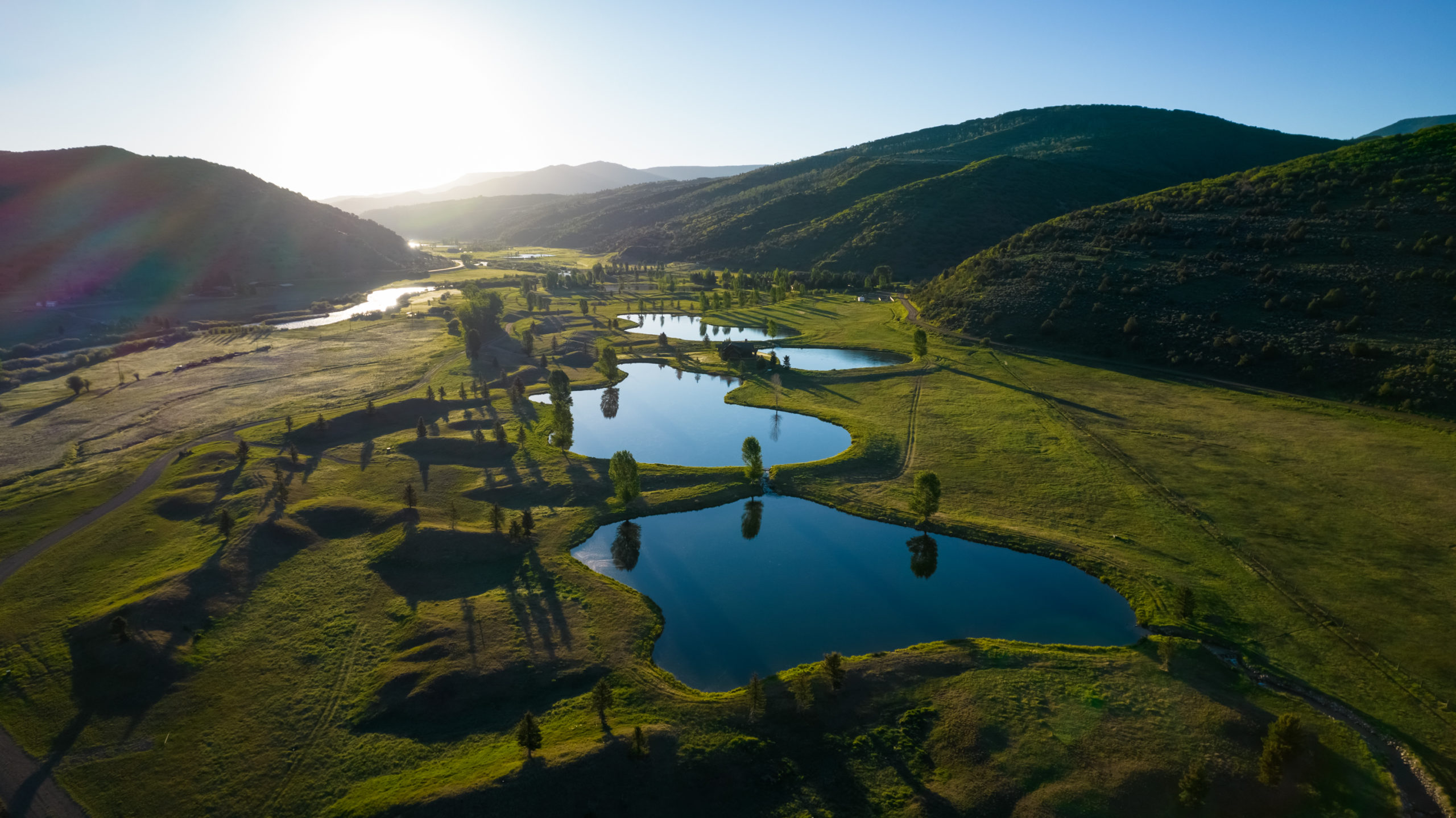
What should I consider when looking for the right community ranch?
There are many things to take into consideration when looking for community ranch real estate that fits your needs and expectations. Here are a few things to keep in mind:
- How you want to use the property – many ranch communities offer a variety of land and recreational use amenities including guided fishing and big game hunting, skiing, livestock and equine opportunities.
- What kind of Ranch land are you looking for? – Communities of ranches offer lots that can range in size from small acreage (two to three acres) to expansive ranch land (300+ acres). It’s important to assess how much land you feel is enough or too much.
- Existing infrastructure – If you find a ranch community that interests you, work with your ranch real estate specialist to inquire about existing utilities, common areas and homeowners’ association fees and services.
Ranch communities are an excellent way to enjoy the extraordinary benefits of ranch living without the isolation or demands of day-to-day upkeep. The real estate professionals at Hayden Outdoors understand the unique aspects of community ranch ownership and are happy to guide you through the process of purchasing your dream ranch land.
Pictured Below: Colton Brown, Hayden Outdoors agent, at the shared amount Elk Creek Ranch.
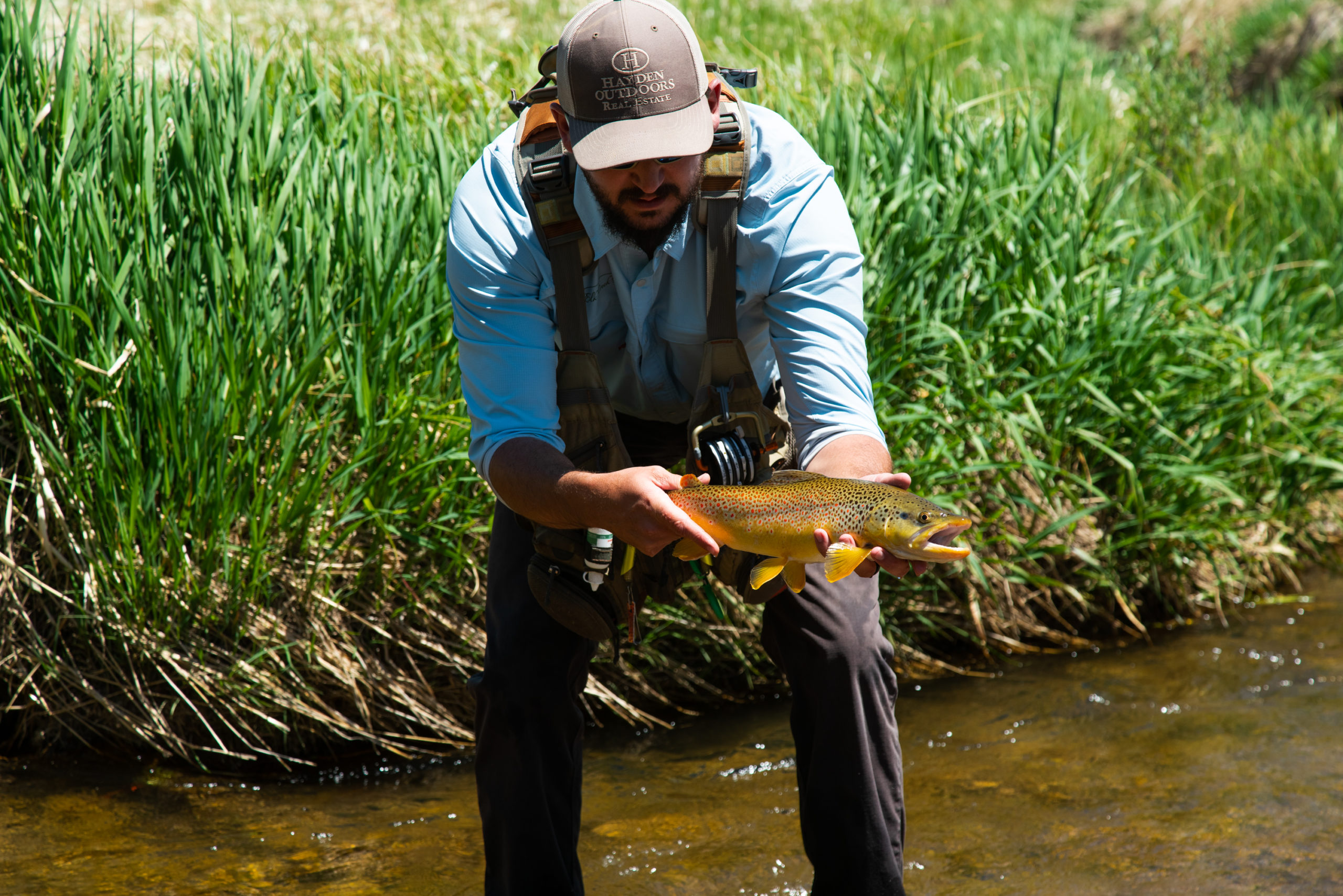
Own the Hunting Property of Your Dreams — Small Steps You Can Take Today

Ask the avid hunters in your life where they harvested their trophy deer or elk and you might get this answer: “In the Nowhere Region of the Never-tell Mountains.” Prime public hunting land is often considered sacred to sportsmen and sportswomen and for good reason – there are plenty of other people out there exploring those spaces looking for the same thing.
But what if you owned your hunting property? You determine how many people can hunt on the land. You know the prime terrain where the animals graze, gather and rut. You get to discover other hunting opportunities, such as ducks, turkeys and pheasants. Sound like an unrealistic daydream? Actually, purchasing your own hunting property is possible, especially when you consider these small steps.
Step One: Put the dream down on paper.
Which is to say, outline your goals for the property. It’s important to articulate what you’re looking for in a hunting property. Deer? Elk? Waterfowl? Upland Birds? Are there good water sources on the land? What about food sources and areas of protection from predators? Be realistic about how remote you want to be, current infrastructure available such as cabins, a well or areas for a hunting camp, habitat improvement opportunities and migration corridors.
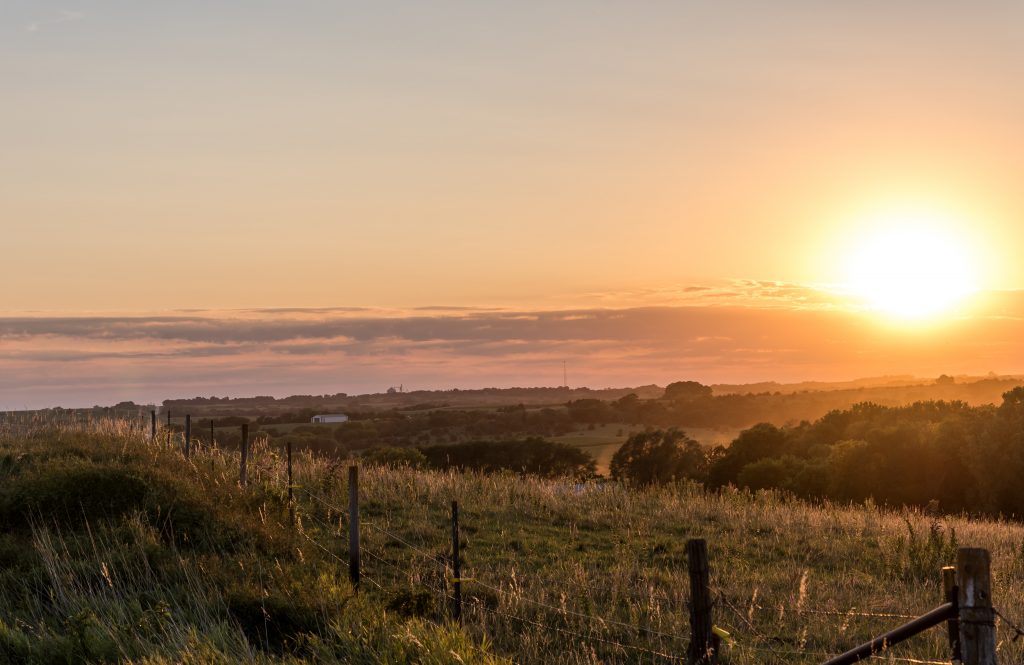
Step Two: Adjust the dream accordingly.
Which is not to say you need to make drastic compromises to turn your hunting land purchase into a reality. But it is important to be realistic about the fact that your first hunting property might not be your ultimate dream property, and that’s okay. In fact, it can be an excellent way to help you invest and work toward an end goal of owning more acreage down the line. For now, have a good grasp on how much land you can afford and effectively manage.
Step Three: Calculate your down payment and financing.
You will need approximately 20% of the total property cost as a down payment, or $20,000 on a $100,000 piece of land (for example). While it might seem like a lot now, small monthly savings can add up quickly. Once you have down payment funds secured, it’s important to calculate how much your monthly payment will be using a mortgage calculator so you don’t become over extended. If you can put more cash down, that’s better. Interest rates vary and cash is king.
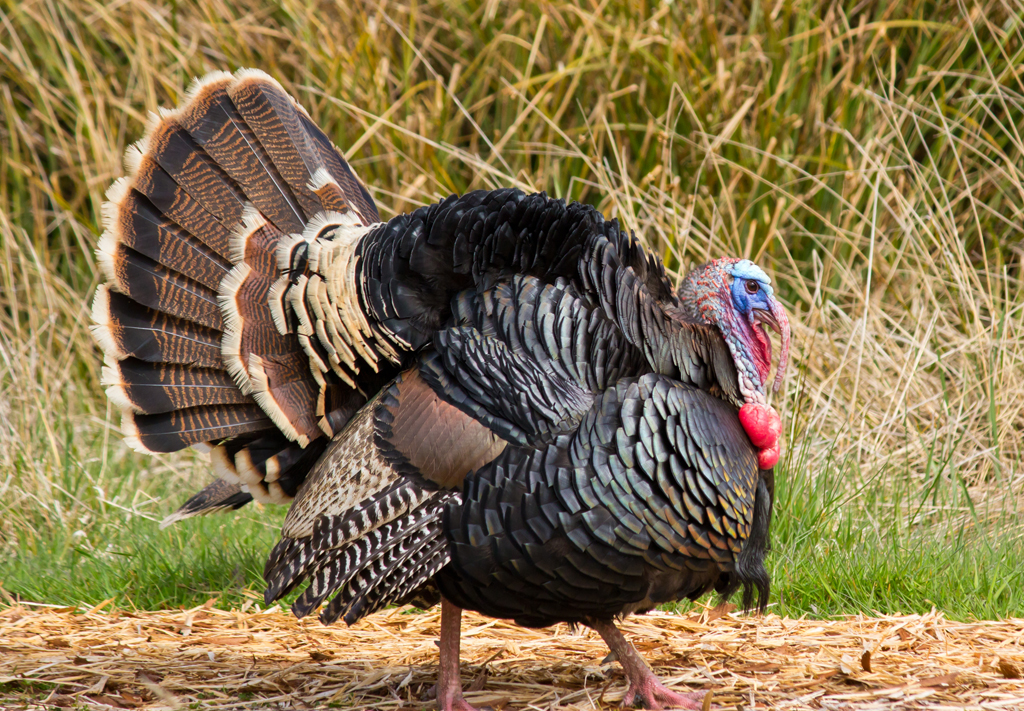
Step Four: Research. Research. Research. Location. Location. Location.
It’s worth mentioning each of these more than once because both are so elemental to making your dream a reality. Spend time learning about the area that interests you. Talk to local wildlife biologists. Read up on any recent diseases that have affected local deer, elk and bird populations and migration patterns. Google Earth, Mapright and other mapping apps are excellent tools when it comes to getting a comprehensive bird’s-eye view of the land. Invest the time upfront to ensure your purchase meets your expectations.
Step Five: Find a real estate agent who specializes in hunting properties.
This is an important one if you want your purchase and experience with the land to be successful. Real estate agents who understand the nuances of rural property ownership know which questions to ask, both of you and of the seller. Hayden Outdoors is here to help. A good and helpful agent will understand the region in which you hope to purchase hunting property and can help guide you to the ideal fit. When they discover hidden hunting benefits for your property you will be glad you went with a pro!
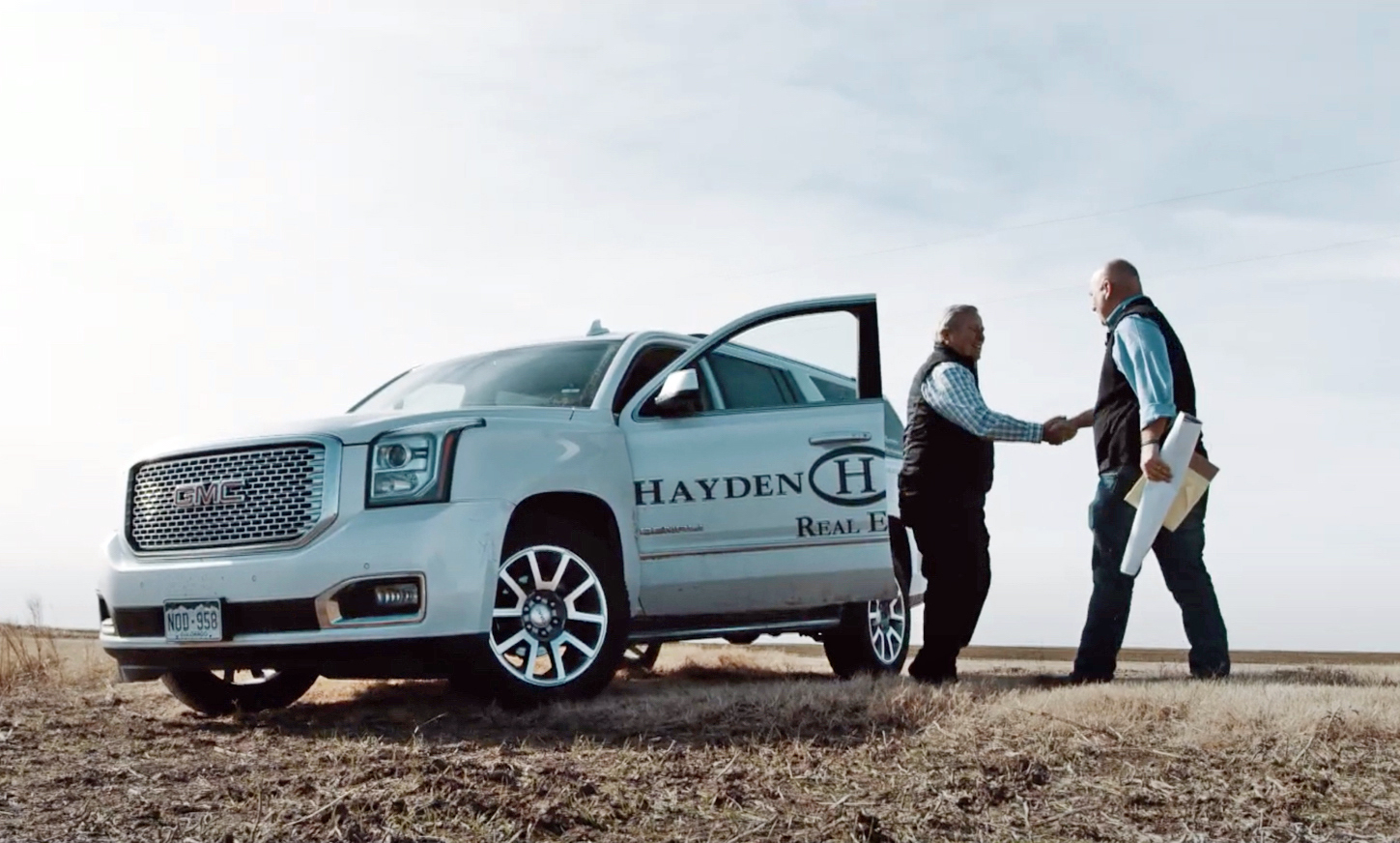
Step Six: Likewise, find a lender who specializes in rural property mortgages.
These specialists can help with the specifics of buying hunting property, including current mortgage rates and land classifications. Check out your local Farm Credit lender, Conterra Ag or Outdoor Lending. All of these sources offer great insight to financial requirements to seek lending for recreational properties.
Step Seven: Consider land improvement, revenue opportunities and security.
You might want to limit your hunting land’s use to family and friends, or, you might be looking for ways to monetize it to help offset mortgage and maintenance costs. Consider farming, land lease opportunities or if you have to, short term partnerships with local hunting outfitters for seasons you don’t plan to hunt. Small additions, fencing, cabins and hunting blinds can also add value to your property.
SECURITY TIP: Be careful on who you hire to help with land improvements to make sure they aren’t hunting the land without you knowing. A good trail camera can help keep trespassers from harvesting your future game.
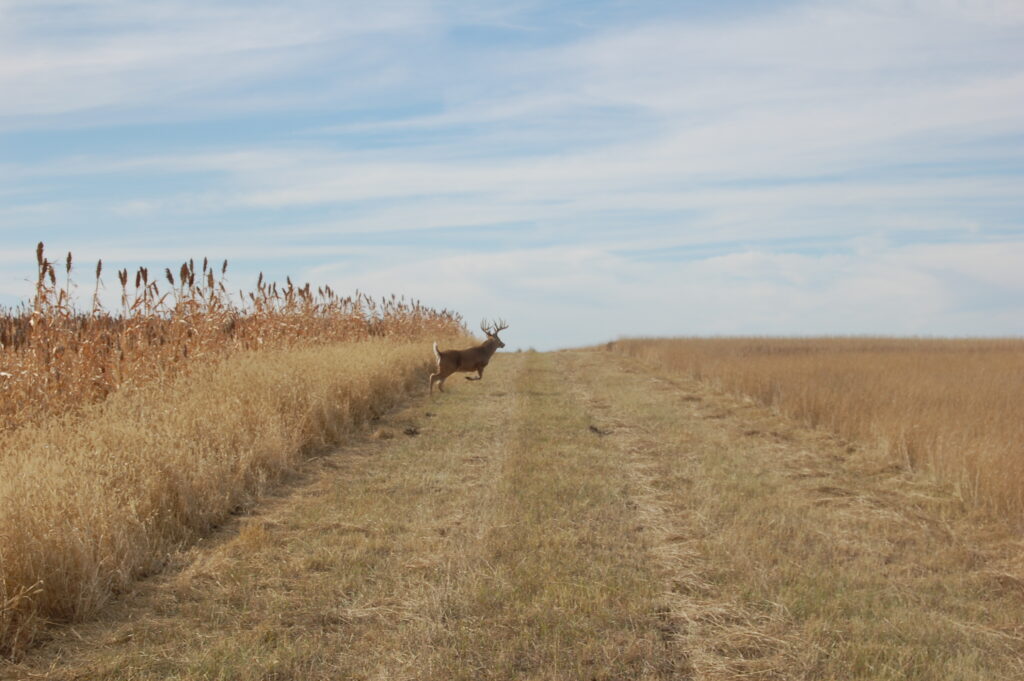
Step Eight: Enjoy!
It goes without saying, but come hunting season, it’s time to get out, explore and enjoy your new hunting property purchase. Living so closely with the surrounding environment and wildlife can be an incredibly rewarding experience. The team at Hayden Outdoors can help you find the perfect piece of land zoned for hunting or bordering public lands with hunting access.
